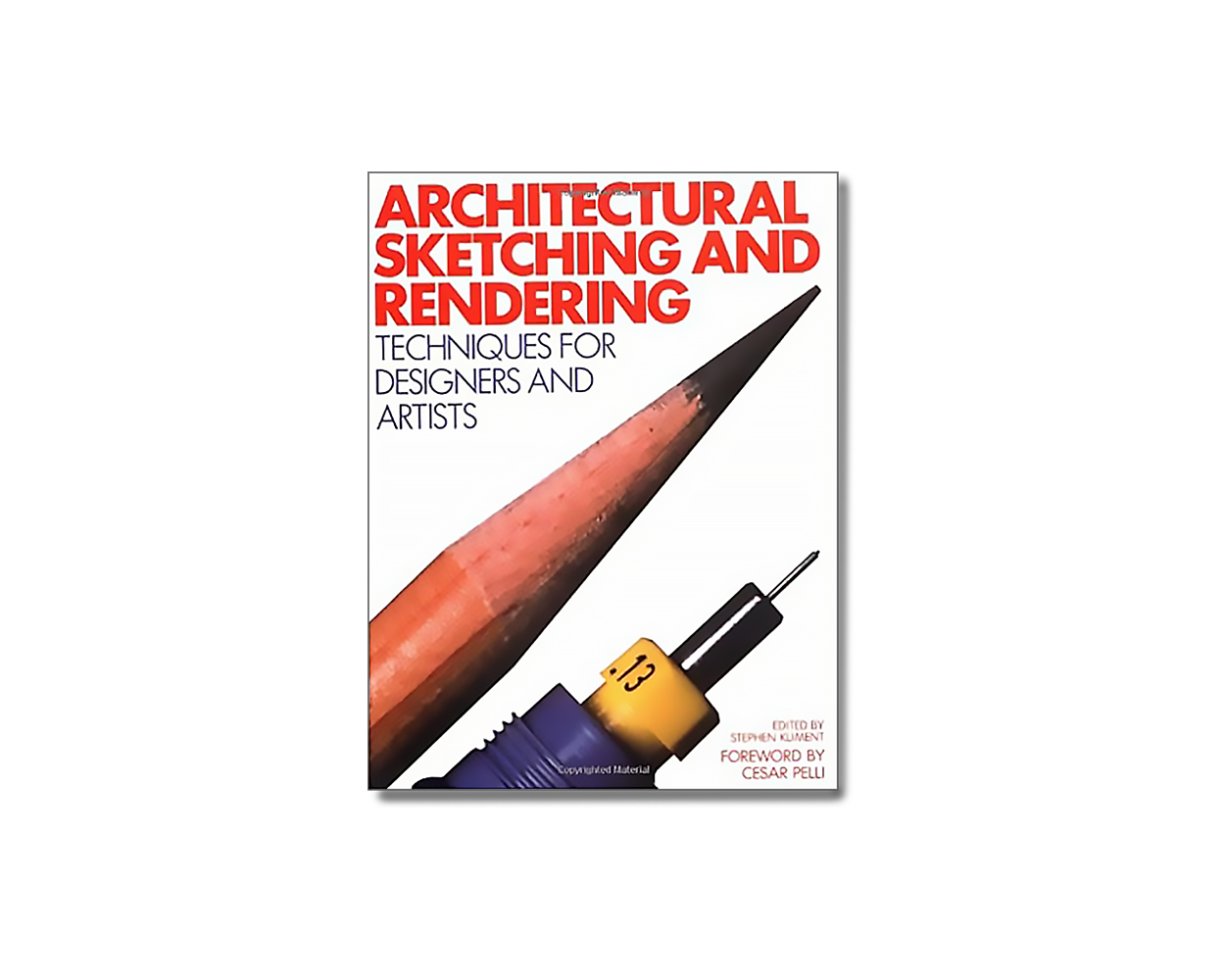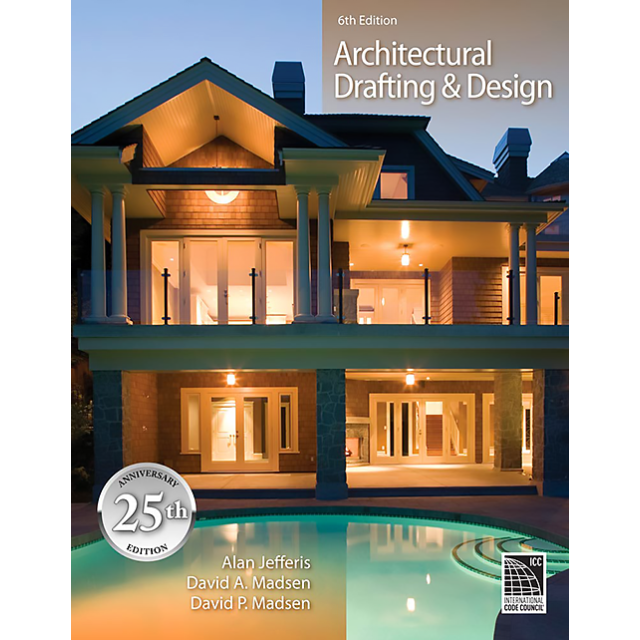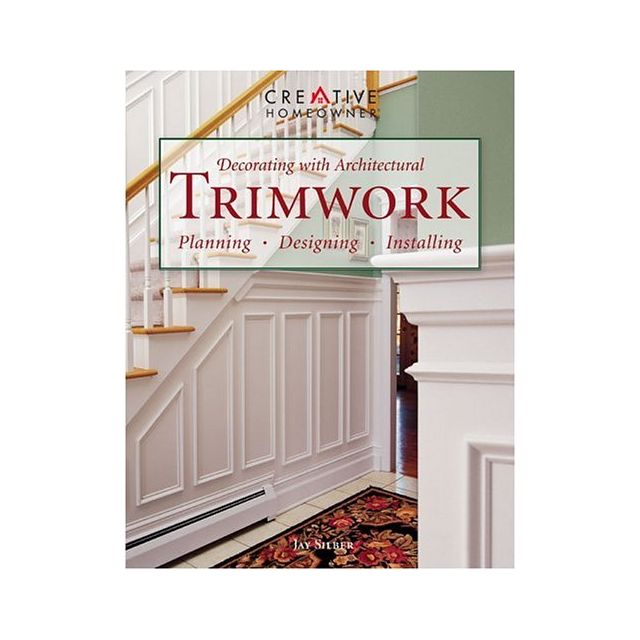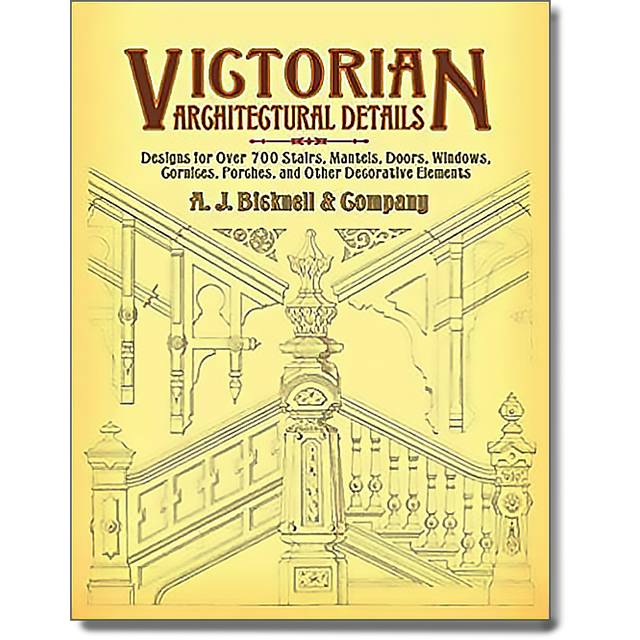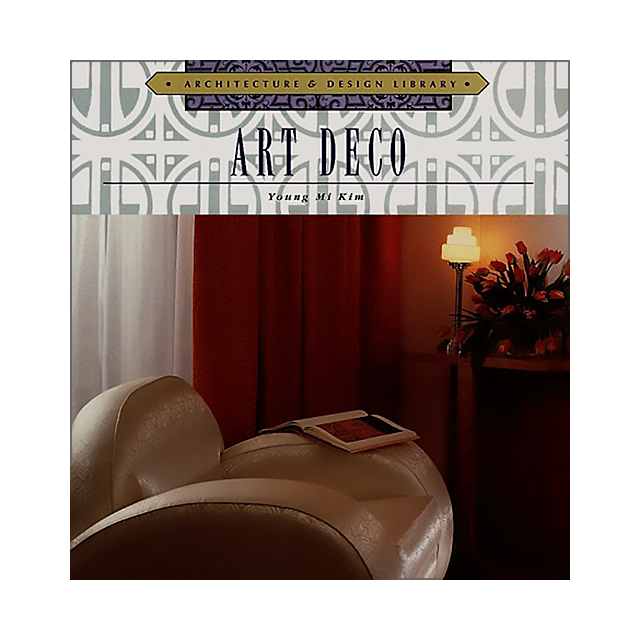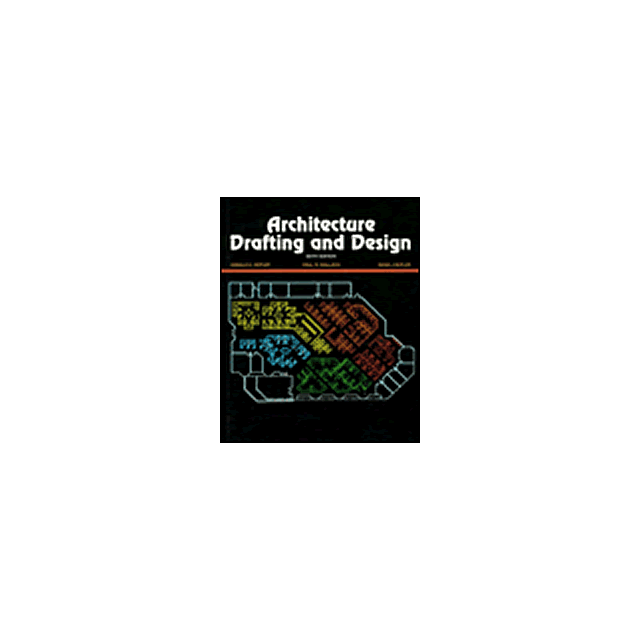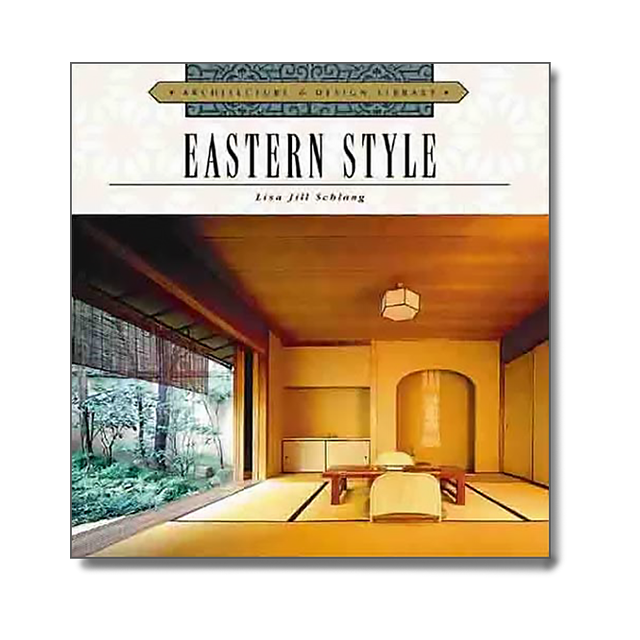Architectural Sketching and Rendering: Techniques for Designers and Artists by Stephen A. Kliment
Architectural Sketching and Rendering: Techniques for Designers and Artists by Stephen A. Kliment by Stephen Kliment.
Do you want to become more confident sketching buildings with a pencil or pen? How about refining your skill in rendering the projects you are designing?
Whether you are a designer, an architect, an artist or a student interested in architecture, this volume, filled with a broad range of sketching and rendering techniques and styles, offers the complete intermediate level of instruction that you need. How to achieve effects with pencils and pens is covered in Part 1.
The various types of media, including charcoal and ink brushes, are discussed in detail, as well as the different papers, boards, and accessories you'll need. A series of exercises shows you how to draw lines, shapes, textures, and tones and then combine them in renderings. A special sequence is included on how to do freehand perspective drawing. Techniques and examples of capturing buildings, interiors, and land- and cityscapes are thoroughly explored in Part 2.
For instance, drawings of such highly respected architects as Henry Hobson Richardson, Bertram Grosvenor Goodhue, Raymond Hood, Julia Morgan, Eliel Saarinen, Mies van der Rohe, Robert Venturi, and Michael Graves are included in the section on buildings. Different types of furniture for the home are shown in the section on interiors, with a special emphasis on the traditional to meet today's renewed interest in historic styles.
The array of interior spaces ranges from the S. Maria Maggiore in Rome to Paul Rudolph's Chapel for Tuskegee Institute. Drawing trees (from palms to pines), water, skies, clouds, snow are covered in the section on landscapes, and a special demonstration sequence shows you how to draw cityscapes from photographs. Three personal approaches are given an in-depth review in Part 3.
Hugh Ferriss is known for the soaring skyscrapers he so dramatically rendered during the 20s when they were first being built. The process that the designer goes through in creating a finished project is shown in Norman Diekman's work, while the wit and whimsy of Paul Hogarth's caricatures show you how to make even tired wooden buildings sag with interest.
Profusely illustrated with 325 illustrations, Architectural Sketching and Rendering is required reading if you want to learn how to create your own successful drawings.
Published/Edition: May 1984. ISBN/Book No.: 0823070530
| Price | $24.99 |
|---|---|
| Customer Service | Customer ServiceWe're Here To Help Call us anytime during our customer service hours... Monday through Friday - 8:30 am to 4:30 pm (Pacific) Order Questions: TOLL FREE, 800-273-7375 (Outside the U.S. call 818-887-7828). Our Address: 8001 Canoga Avenue Canoga Park, CA 91304 US Phone: 800-275-2665 E-mail: sales@buildersbook.com
|
| Description | Architectural Sketching and Rendering: Techniques for Designers and Artists by Stephen A. Kliment by Stephen Kliment. Do you want to become more confident sketching buildings with a pencil or pen? How about refining your skill in rendering the projects you are designing? Whether you are a designer, an architect, an artist or a student interested in architecture, this volume, filled with a broad range of sketching and rendering techniques and styles, offers the complete intermediate level of instruction that you need. How to achieve effects with pencils and pens is covered in Part 1. The various types of media, including charcoal and ink brushes, are discussed in detail, as well as the different papers, boards, and accessories you'll need. A series of exercises shows you how to draw lines, shapes, textures, and tones and then combine them in renderings. A special sequence is included on how to do freehand perspective drawing. Techniques and examples of capturing buildings, interiors, and land- and cityscapes are thoroughly explored in Part 2. For instance, drawings of such highly respected architects as Henry Hobson Richardson, Bertram Grosvenor Goodhue, Raymond Hood, Julia Morgan, Eliel Saarinen, Mies van der Rohe, Robert Venturi, and Michael Graves are included in the section on buildings. Different types of furniture for the home are shown in the section on interiors, with a special emphasis on the traditional to meet today's renewed interest in historic styles. The array of interior spaces ranges from the S. Maria Maggiore in Rome to Paul Rudolph's Chapel for Tuskegee Institute. Drawing trees (from palms to pines), water, skies, clouds, snow are covered in the section on landscapes, and a special demonstration sequence shows you how to draw cityscapes from photographs. Three personal approaches are given an in-depth review in Part 3. Hugh Ferriss is known for the soaring skyscrapers he so dramatically rendered during the 20s when they were first being built. The process that the designer goes through in creating a finished project is shown in Norman Diekman's work, while the wit and whimsy of Paul Hogarth's caricatures show you how to make even tired wooden buildings sag with interest. Profusely illustrated with 325 illustrations, Architectural Sketching and Rendering is required reading if you want to learn how to create your own successful drawings. Published/Edition: May 1984. ISBN/Book No.: 0823070530 |

